He’s not the Messiah: An interview with Monty Python film editor and author Julian Doyle
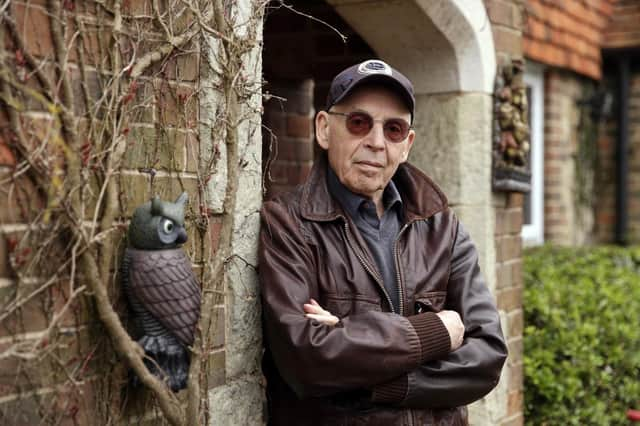

He also edited Monty Python’s The Meaning of Life and provided the special effects for Monty Python and the Holy Grail, as well as teaming up with Python Terry Gilliam on cult classics Brazil and Time Bandits, but has in recent years become just as well-known as an author and expert on ancient Christian history and mythology. Not for nothing did late Python Terry Jones once describe him as a “polymath”.
He has now drawn upon more than 40 years of research to pen new novel The Jericho Manuscript, a stunning thriller wrapped around a staggering historical mystery. More gripping and explosive than Dan Brown’s The Da Vinci Code, it sees the world’s greatest detective, Sherlock Holmes, investigating a monumental secret stretching back millennia.
To mark its publication, Julian has revealed more about The Jericho Manuscript, and his Monty Python memories.
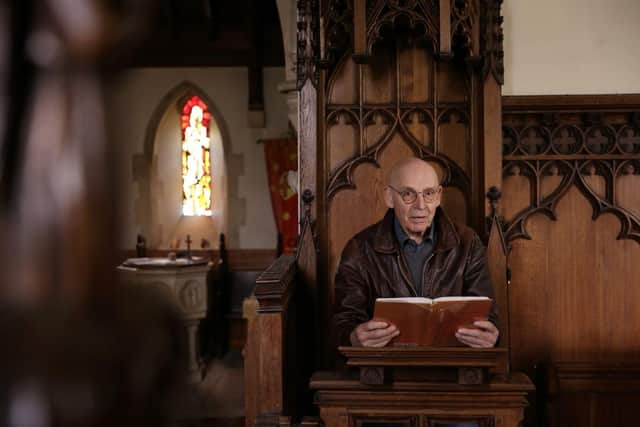

Q. How did you first become interested in researching biblical history?
A. Sitting on the sand in Tunisia while filming Monty Python’s Life of Brian, watching Brian (played by Graham Chapman) doing his close-ups on the cross. This is the very moment when I realised there could be something seriously wrong with all the images of crucifixion. Nails through your hands and feet are not going to kill anyone, and a 10-stone man could hardly be hung up by a couple of nails through the hands. It is all a matter of weight ratio, a five ounce swallow could not carry a coconut … unless of course it was an African swallow that could hold it by the husk and … GET ON WITH IT!
Sorry for that Python interruption! Back to the serious issues. There is much in the Gospels that I believe is historically accurate, but I also believe there are insertions and omissions. These points are unravelled by Sherlock Holmes when he divulges the secrets of the Jericho Manuscript.
Q. Why did you decide to have Sherlock Holmes investigate, and how did you find the experience of writing a novel featuring such an iconic fictional figure?
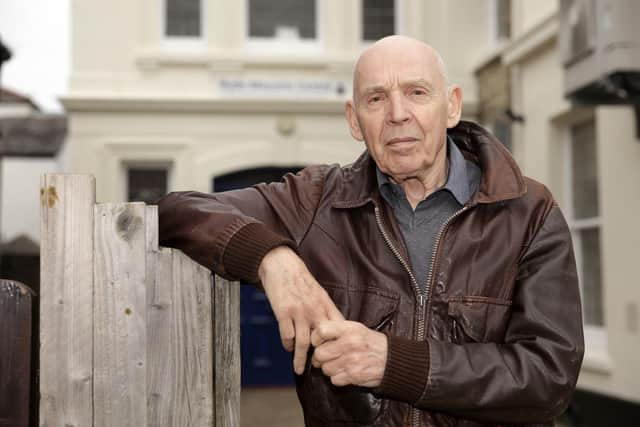

A. It was fun copying my namesake, Arthur Conan’s character and his attention to detail was exactly what is needed in the Jericho Manuscript investigation. But, most importantly, I use Holmes’ famous saying, which exactly captures my approach: “Once you eliminate the impossible, whatever remains, no matter how improbable, must be the truth.”
Q. Life of Brian was controversial at the time of release but is now regarded as a classic. When you were working on the film, how did you think it would fare with movie goers?
A. We had had such a good response with Holy Grail that we assumed the Brian script, which was equally good, would get the same response. As we show Jesus with respect in the film we had no idea it would cause such a fuss. The only part we thought was risqué was singing the end song, Always Look On The Bright Side Of Life, on the cross.
Q. Now, more than 40 years later, what do you think the film’s legacy will be?
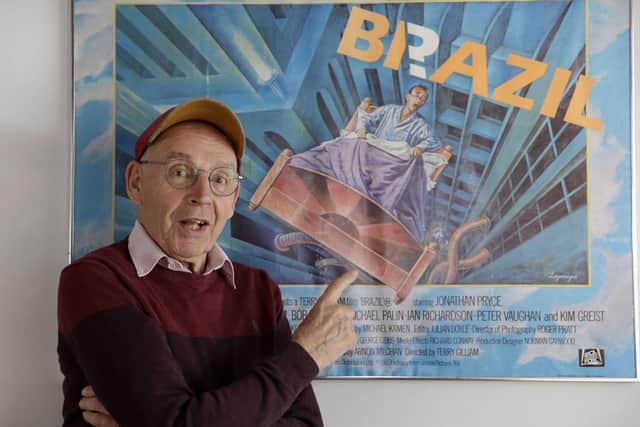

A. In 2014, a conference was held at Kings College London called ‘Jesus and Brian’ and hosted by the Reverent Canon Professor Richard Burridge, Dean of King’s College. It was addressed by eminent professors from around the world. The declared aim was to explore the historical Jesus and his times via Life of Brian and many of the professors spoke about how important the film was to their research. This was particularly pleasing to me as I had written a book on the making of Brian, The Gospel According to Monty Python, which included an analysis of each scene and compared them to the actual biblical events, finally claiming Life of Brian to be the most accurate biblical film ever made.
Q. You also worked with the Monty Python team on Monty Python and the Holy Grail. What are your memories of the shoot?
A. Holy Grail was hard. We had only £175,000 to do a costume epic in Scotland. Luckily we did not have to deal with horses as the Pythons decided to replace them with coconuts! We came away from Scotland with much still to film. I had to shoot many inserts back in London including the Black Knight sequence, which I shot in Epping Forest. The opening of the film I shot over Hampstead Heath and the opening Castle is Kidwelly Castle, which I shot with my brother running around with a smoke machine. I don’t think there is a job I did not do to get that film finished!
Q. You had a small but memorable roll in Holy Grail, as the policeman who places his hand over the camera at the end. How did that cameo come about?
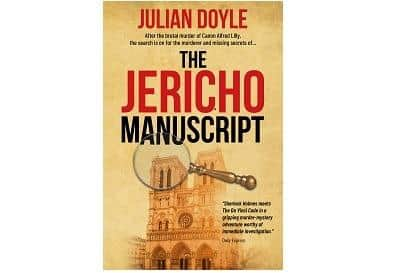

A. As we had so little money for extras, the crew all appear at different times in the film. I played several parts but also the Policeman because I had a car that looked like a police car!
Q. You shot the special effects for Holy Grail and likewise for Python collaborator Terry Gilliam’s cult classics Brazil and Time Bandits. What shots are you most proud of, and why?
A. In Brazil I shot a lot of the flying scenes with a little model of protagonist Sam, played by Jonathan Pryce, on wires. Now all this can be done with computers but then we had to paint a sky and then make cotton-wool clouds. On Time Bandits, I like the shot of Ogg being turned into a pig and back again. And the same with Evil’s henchmen being turned into dogs.
Q. Your cult film Chemical Wedding was co-written with Iron Maiden frontman Bruce Dickinson. You filmed the video for Iron Maiden’s Can I Play With Madness? What was it like working with this iconic metal band?
A. I never put the band in the video. Python Graham Chapman was the main character in it and there is just a photo of the band that is in one of the kids’ pockets. But I did get invites to many of their shows including Madison Square Garden. I spent a lot of time with Bruce on the script and I did several music videos for Bruce’s solo singles.
Exclusive Extract From The Jericho Manuscript By Julian Doyle
The Jericho Manuscript by multi-award-winning film director and editor Julian Doyle features Sherlock Holmes and Dr Watson in pursuit of the murderer of Canon Alfred Lilly and the mysterious ancient manuscript he had been translating, said to contain profound secrets. Here is an exclusive extract from chapter one.
It was Monday the 24th June in the year that Queen Victoria died. I know the day because it is John the Baptist’s day, the most important date in the Freemasons calendar, when my friend the Reverend David Adams burst into my house. He had come from the Freemasons dinner via the house of his clerical friend, Canon Alfred Lilly.
“He was not there to preside over events,” stammered Adams. “So I went to his house. I have not touched anything. You told me Sherlock Holmes demands he observe the scene of the crime before the police trample on the clues.”
“Calm down. What crime are you talking about?”
“I’ll tell you in the cab, it’s waiting. Grab your coat and let us to Holmes immediately.”
I had been together with Adams in the tightest of scrapes in Afghanistan, where he was Chaplin, but he always kept control. Perhaps it had been a façade for the men, but now faced with some dreadful crime alone, he seemed to have lost all composure.
At Bakers Street we picked up Holmes and exchanged our Hansom for a four-wheeler, which headed up the Edgware Road and left down beside the Regent’s canal. Adams recounted the story to Holmes who listened without a word, but his eyes told me he was studying every syllable. Just before the Paddington basin we turned right over the canal bridge to the wide expanse of Warwick Avenue with its Georgian stucco fronted buildings unlike any other part of London. Ahead was the majestic St. Saviour’s Church at the end.
Adams called to the driver, “Here, by the door of the rectory.”
He brought the horse to a halt to the right of the church and we descended and approached the door.
“It looked closed but the latch had not fallen,” said Adams.
“You go first Mr. Holmes, I have touched nothing.”
“Step back a moment gentlemen,” said Holmes as he examined the front step and then the door lock from both sides. He bent down and removed a crumpled paper from the lower doorpost. It must have caused the door latch not to fall. He then went round the front garden and by the cedar tree he bent down and picked up something with his fingers, smelt it and returned it to where it had been. He paused for a moment and then rose and we followed him into the hall.
“He is in the study to your left,” said Adams. “The gas lights were on as you see them”.
Holmes entered the room. Ahead was the back of a man slumped over his desk. As Holmes circled him the pool of blood came into view and then the dagger that had been plunged into the side of his neck.
“Was this exactly as you found him?” asked Holmes.
“Exactly. It was obvious that he was dead from the moment I saw the knife and the blood.”
Holmes saw something on the ground by the desk. He bent down and lifted it up, it was a length of green ribbon, which he returned back to its place on the floor. He then continued his circle and his thin body, long neck and hooked nose made him look like a vulture examining a carcass. But I knew Holmes was studying every small detail of the scene. From what I could see there was a piece of white paper to the left and a pen, which had splattered ink onto the writing.
“Do you think it is suicide or murder, Mr. Holmes?”
The Jericho Manuscript by Julian Doyle (Chippenham Books) is out on Amazon in paperback and eBook formats, priced £10.55 and £4.45 respectively. For more information visit www.juliandoyle.info.